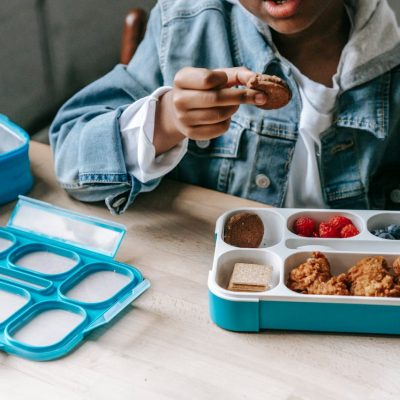Diaper changing is a fundamental part of parenting, but it doesn’t have to be time-consuming or stressful. Whether you’re a new parent or an experienced caregiver, mastering the art of fast diaper changing can save time and make the process smoother for both you and your baby. In this guide, we’ll cover essential tips and tricks to help you perfect your diaper-changing routine.
Why Is Fast Diaper Changing Important?
Newborns require frequent diaper changes—sometimes up to 10-12 times a day. Efficient diaper changes not only save time but also help prevent diaper rashes, keep your baby comfortable, and reduce fussiness. Learning to change diapers quickly also becomes beneficial when dealing with wiggly or fussy babies who don’t like to stay still for long.
Essential Supplies for Quick Diaper Changes
Before starting, make sure you have everything you need within arm’s reach. Being prepared minimizes interruptions and speeds up the process.
Must-Have Items:
- Diapers (disposable or cloth, as per your preference)
- Baby wipes or a soft washcloth with warm water
- Diaper rash cream (optional but helpful for preventing irritation)
- Changing pad or designated surface
- Extra clothing (in case of leaks or blowouts)
- Diaper disposal system (trash can with a lid or diaper pail)
- Hand sanitizer (for quick cleaning when needed)
Step-by-Step Guide to Fast Diaper Changing
1. Set Up Your Changing Area
Always have a clean and safe changing station ready to go. A designated changing table or portable changing mat works well. Keep all essentials in a nearby organizer for easy access.
2. Distract Your Baby
Many babies get fussy during diaper changes, so having a small toy, mobile, or singing a song can keep them entertained while you work quickly.
3. Open and Prepare the Clean Diaper First
Before removing the dirty diaper, unfold and position the clean one beneath your baby. This helps streamline the process and minimizes the time your baby is exposed without a diaper.
4. Remove the Dirty Diaper Efficiently
- Unfasten the dirty diaper and use the front of it to wipe away excess waste.
- Fold it inward to contain the mess and set it aside (or dispose of it immediately if using disposables).
- Use wipes or a warm washcloth to clean your baby’s skin thoroughly. For girls, always wipe front to back to prevent infections.
5. Apply Diaper Cream If Needed
If your baby is prone to diaper rashes, apply a thin layer of diaper cream before putting on the new diaper.
6. Secure the Clean Diaper Properly
Lift your baby’s legs gently and slide the clean diaper underneath. Secure the tabs snugly but not too tight—there should be room for two fingers between the diaper and baby’s tummy.
7. Check for Leaks and Comfort
Ensure the diaper’s edges around the legs are fluffed out to prevent leaks. If using cloth diapers, check that they’re fitted properly.
8. Dispose of the Dirty Diaper Quickly
Dispose of or store the soiled diaper in a diaper pail or sealed bag immediately to reduce odors. Wash your hands or use hand sanitizer afterward.
Speed Tips for Diaper Changing on the Go
- Use travel-sized essentials: Keep a compact diaper-changing kit in your diaper bag with wipes, diapers, and a portable changing pad.
- Find restroom changing stations: Many public places have baby-changing stations, but if unavailable, use your car’s backseat or stroller as a changing space.
- Dress your baby in easy-to-remove clothing: Avoid complicated snaps and buttons; opt for onesies with zippers or elastic waistbands.
How to Handle a Squirmy Baby During Changes
Babies become more active as they grow, making diaper changes more challenging. Here’s how to keep them still:
- Give them a toy to hold during changes.
- Use distraction techniques, like singing or playing peek-a-boo.
- Change them quickly and confidently to minimize fussing.
- Use a safety strap if using a changing table to keep them from rolling.
Common Mistakes to Avoid During Diaper Changes
- Not cleaning thoroughly: Leaving residue can cause diaper rash.
- Diaper too loose or too tight: Too loose can lead to leaks; too tight may cause discomfort.
- Delaying diaper changes: Waiting too long between changes increases the risk of diaper rash.
- Ignoring warning signs of irritation: If you notice redness or discomfort, try a different brand of diapers or wipes.
Final Thoughts
Mastering the art of fast diaper changing makes life easier for both parents and babies. With practice and the right setup, you can change diapers quickly while keeping your little one comfortable. By following these tips, you’ll be well on your way to stress-free diaper changes, whether at home or on the go!
















